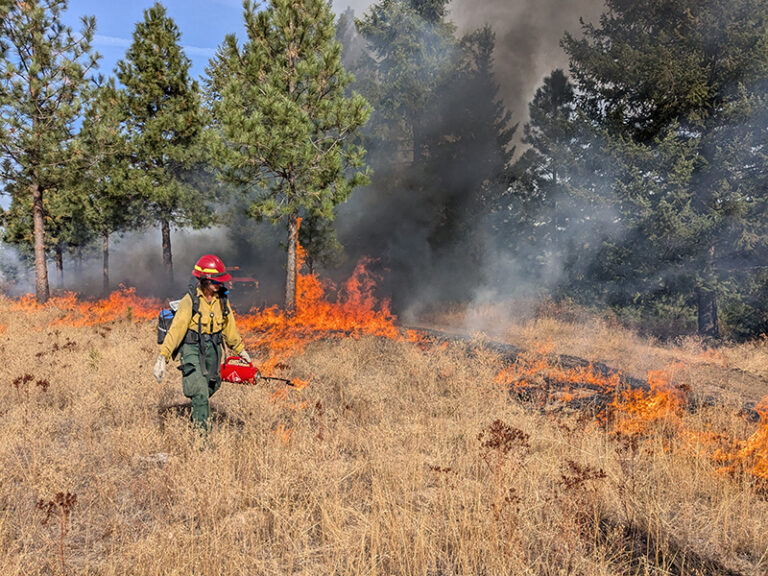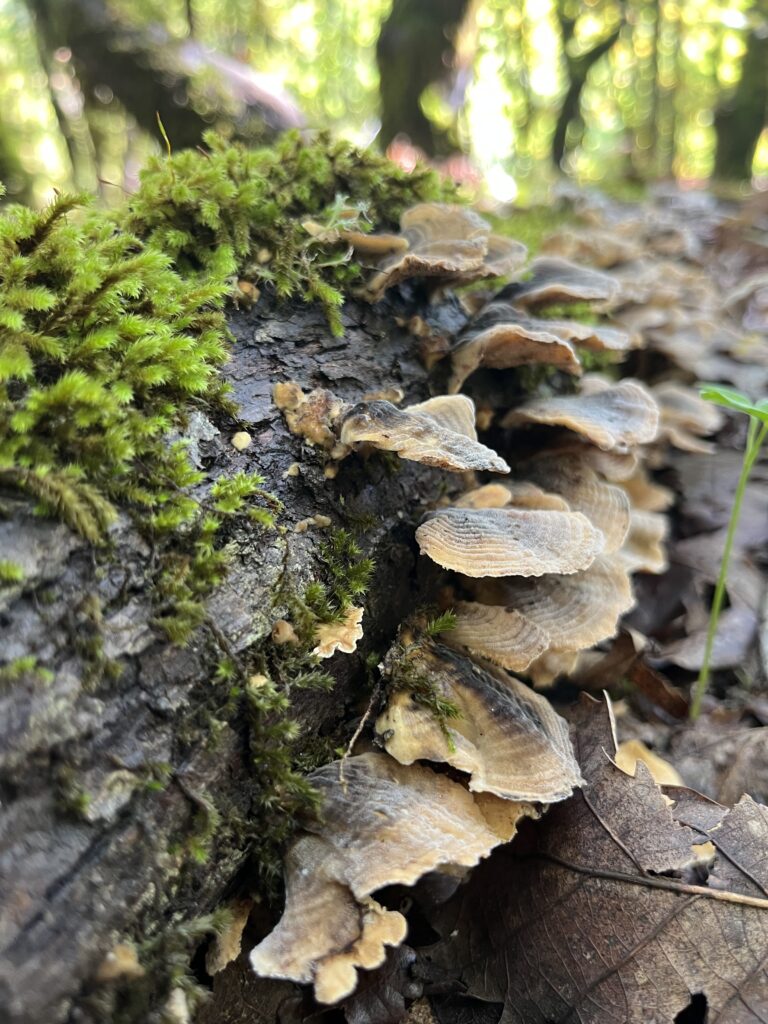Spokane residents learned in 2010 of a change coming to their water utility bills and many instantly assumed the worst: rate hikes from the city to balance a discouraging budget shortfall. In fact, the purpose of the changes in water rate structure implemented this year is revenue neutral—meaning there is no increase in the amount the city receives for providing water services—and is meant to encourage conservation of our natural resources and provide a “lifeline” to the nearly 2,500 low income Spokane residents whose water was shut off in 2010.
Misconception of the new structure has led many to believe that their bill will increase, but most users will actually see a decrease in the amount they pay over the entire year. Any resident using less than 18 units (13,500 gallons) per month will see an approximately 9% decrease in cost. “What this means is approximately 60% of Spokane residents will see their water bills decrease,” writes City Council member Richard Rush on his blog, “…for the other 40%, water bills will increase – unless they take measures to reduce their consumption.” Most of that consumption goes toward lawns. Among other incentives, the City is offering a $375 credit on utility bills for any resident who installs “smart controls” on their sprinkler system. This step alone can save hundreds of gallons in wasted water from watering during the hottest part of the day, over watering, and misplacement of sprinkler heads.
Another common misconception lies in the reasons for conserving water. Many believe that the Rathdrum Prairie-Spokane Aquifer provides a limitless supply for millions of water users in our region and this is simply untrue. Stan Miller, who worked for Spokane County’s Aquifer Protection Program until retirement in 2004 as the Program Manager of Water Resources helps to shed some light on the aquifer and its relationship to the Spokane River. “As much as 80% of the river flowing through downtown in the summer is from the aquifer, not Lake Coeur d’Alene. In a normal year, water flows out of Lake Coeur d’Alene at a rate of about 600 cubic feet per second. By the time the river gets to the Spokane Valley between half and two-thirds of that water has soaked through the riverbed to recharge the aquifer.” This seems to be good news for our river and aquifer’s continued use, but increased population and water consumption have changed the scenario. Miller continues, “In the days before we started pumping the aquifer for our public water supply enough water leaked back into the river between Spokane Valley and downtown to bring the flow back up from the 200 – 300 cfs (cubic feet per second) at Barker Rd. to around 1200 cfs. Today we are using enough of the aquifer to lower the summer flow to only about 850 cfs downtown.”
In short, this means that city water customers are diverting those 350 cfs away from the river and therefore, from the aquifer. Nearly all of this surplus pumping comes during the summer months for lawn maintenance.
A third misconception about the aquifer and water use is that it all drains back to the aquifer eventually. While this is partially true in areas above the aquifer, it does not hold true for some of our region’s fastest growing areas, such as the West Plains and Airway Heights. Miller also says, “…a good deal of the water used for irrigation over the aquifer seeps back down to the aquifer carrying with it some of the chemicals we put on our lawn.” This causes pollution problems to add to the issue of dwindling supply in the aquifer.
Both Rush and Miller point to projected population growth as another reason to encourage conservation now, rather than waiting for a crisis to occur.
In the next twenty years, the city of Spokane alone expects another 141,000 people who will all rely on our utility services. As outlying areas expand, the shortages and issues grow. This translates to an 18.1 billion estimated increase in water consumption by 2030. This startling data only strengthens the case for conservation. Miller provides a framework to imagine the conservation necessary, saying, “…we need to cut 150 million gallons of use during the summer irrigation season—about 1.25 million gallons per day. In order to do this we need to stop watering 175 acres of lawn per year (about 125 square feet per yard per year) for the next 30 years. There probably isn’t this much lawn in yards in Spokane.”
One clear step that city residents (and everyone) can take is to simply remove some lawn from the equation. While a lush, green lawn can be refreshing and aesthetically pleasing during the summer months, a drought tolerant landscape or a vegetable garden can be just as much so without the maintenance required of a traditional lawn. This may seem like a daunting project, but even removing a few feet of lawn per year, from the outside inwards, can make a huge impact on water use.
The home is another source of water use and there are many common sense strategies to use to reduce consumption. These include taking shorter and fewer showers, installing a low flow shower head, using a high efficiency toilet (which the City offers a $100 credit on water bills as an incentive for installing), washing and rinsing dishes in separate steps, turning off water while brushing teeth, and many other opportunities to save every day.
For more information about the new rate change and opportunities to conserve, visit the City of Spokane’s website at www.spokanecity.org where there is a Utility Rate Calculator and an Interactive Sprinkler Calculator. More information about the reasons behind the change is also available on Richard Rush’s blog at www.nearnature.org/blog.













